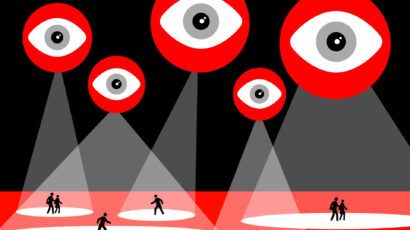Unfunny comics: Graphic depictions of cyber threats
By Lucien Crowder | April 2, 2018

The US Army Cyber Institute at West Point wants to instill in soldiers, young soldiers in particular, an appropriate degree of awareness about emerging cyber threats. That’s a challenging task, no doubt—young people typically join the military to kill flesh-and-blood enemies, not contemplate abstract risk.
That’s why the institute has collaborated with the Threatcasting Lab at Arizona State University to produce a series of four short graphic novels that bring cyber threats to life. With titles such as Dark Hammer and Silent Ruin, they could just as easily be video games. But with plots focused on, say, cyber infiltration by terrorists into military logistics systems, they could not just as easily be video games. (Read 11/25/2027 if that particular scenario intrigues you.)
According to Stephen Cass, writing at IEEE Spectrum, US forces in the graphic novels “don’t end up scoring neat victories, and sometimes they suffer significant losses.” That’s intentional, according to Lt. Col. Natalie Vanetta, the institute’s deputy chief of research. “Our mission,” says Vanetta, “is to prevent strategic surprise for the Army. … What if the next 10 years don’t look like the last 80?”
Publication Name: IEEE Spectrum
To read what we're reading, click here
Together, we make the world safer.
The Bulletin elevates expert voices above the noise. But as an independent nonprofit organization, our operations depend on the support of readers like you. Help us continue to deliver quality journalism that holds leaders accountable. Your support of our work at any level is important. In return, we promise our coverage will be understandable, influential, vigilant, solution-oriented, and fair-minded. Together we can make a difference.















